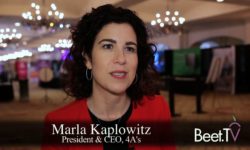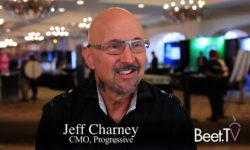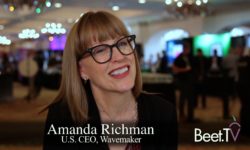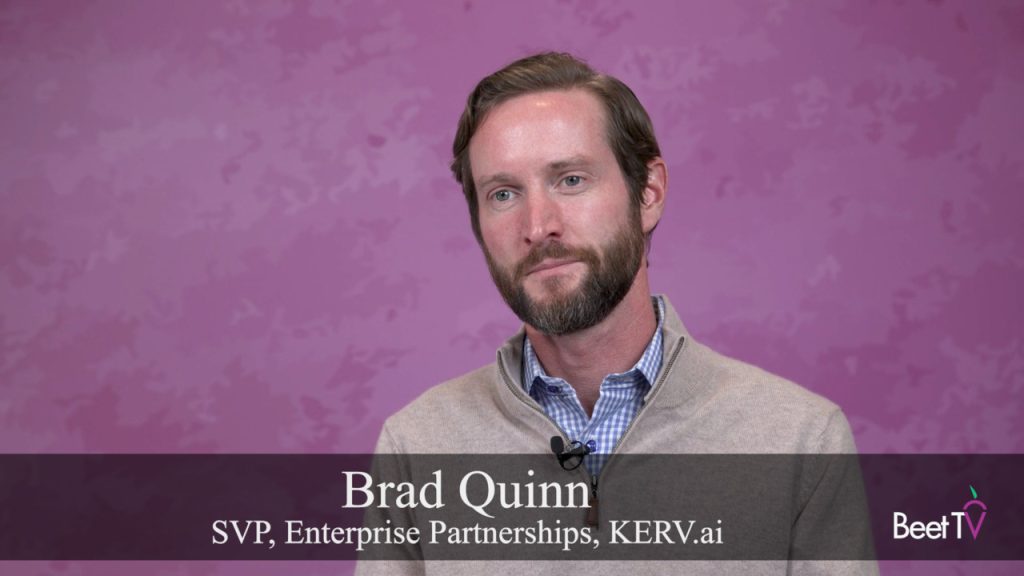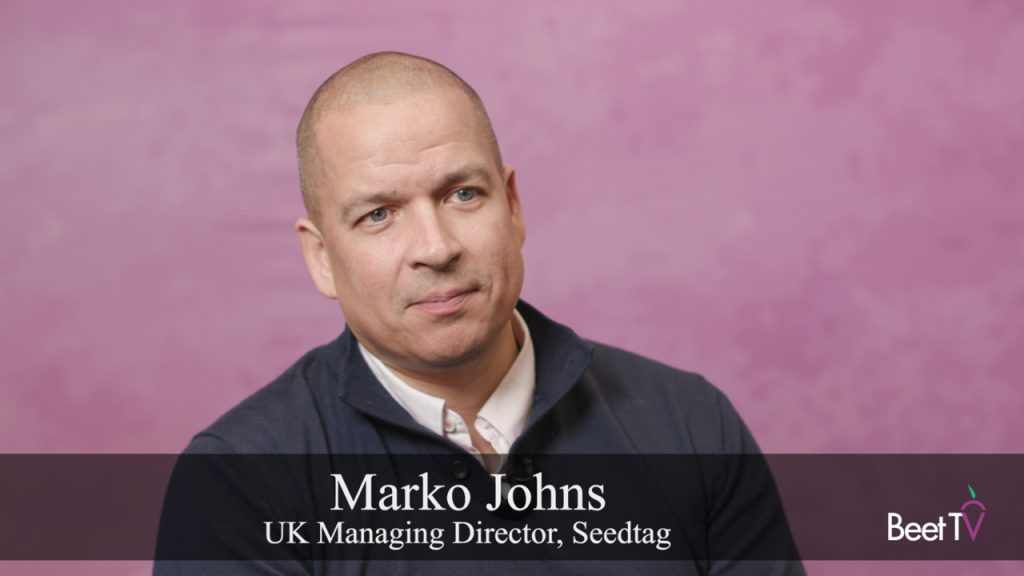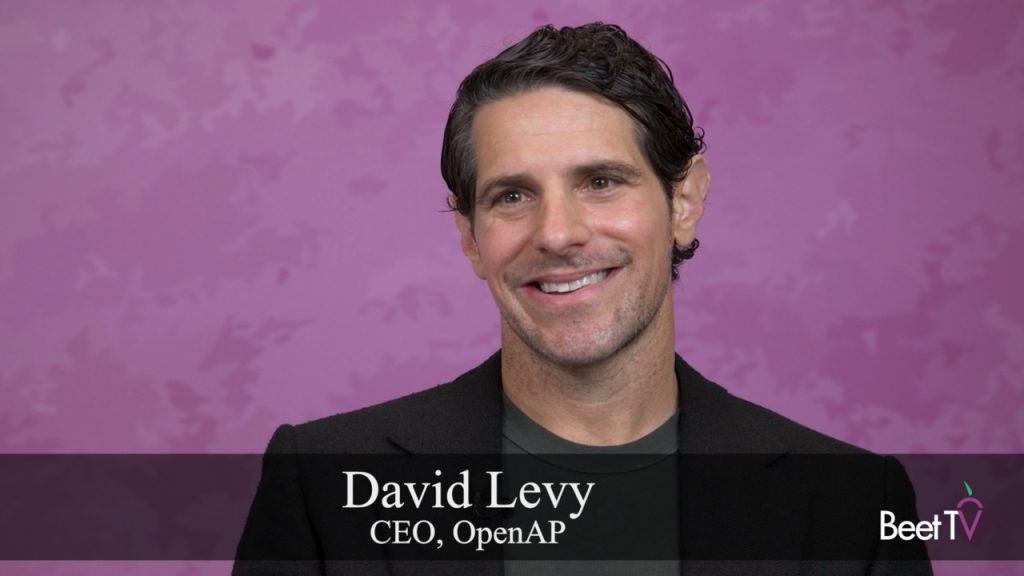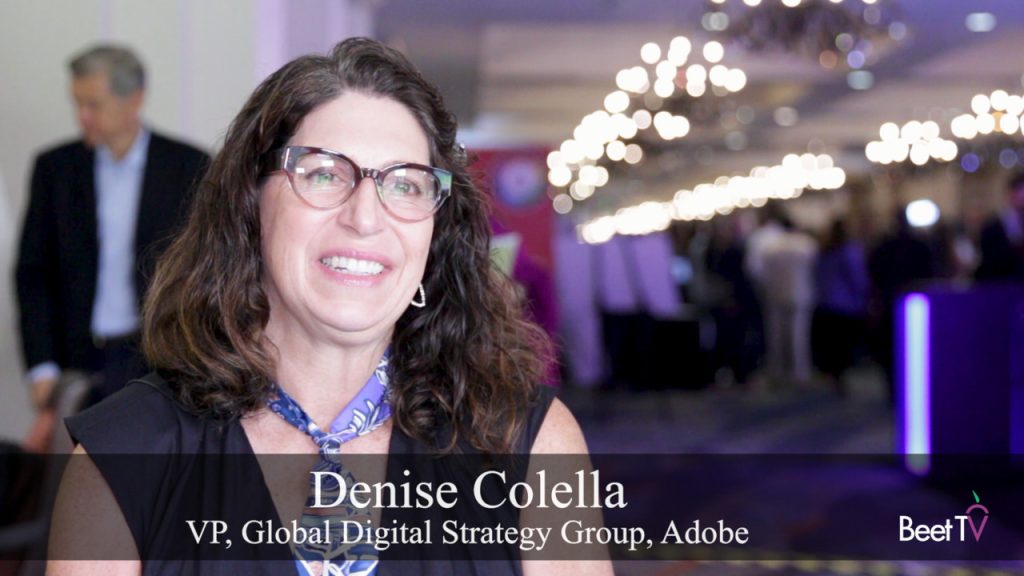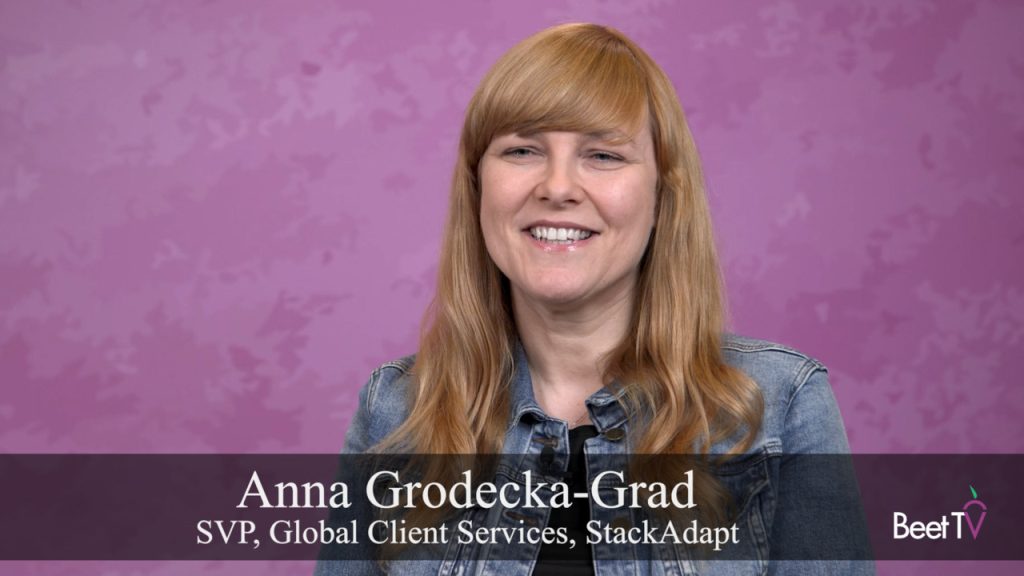ORLANDO—It’s not just advertisers that are in the business of balance as they try to figure out where to allocate their media spending. Consumers are seeking the right mix of ad-free and ad-supported video—an exercise that could get even trickier if, or more likely when, more providers adopt the latter option, according to A+E Networks’ Peter Olsen.
In this interview with Beet.TV at the recent Association of National Advertisers’ Masters of Marketing conference, A+E’s EVP of Ad Sales discusses why advertisers haven’t taken the full plunge into advanced targeting and the likelihood that the ad-supported model is in the future for companies like Amazon, Netflix and the planned Disney service.
He says advertisers are “getting so pressured to prove the effectiveness of every nickel they spend. Everyone’s known for a long time TV works, especially on the upper-funnel metrics of awareness and all that. But there’s been like a vagueness to that. It doesn’t really tie back to ROI as cleanly as some other things.”
Being able to more closely tie TV ad exposure to tangible business results “gives the ammunition that the marketers need to keep recommending premium video as that centerpiece and not be shifting money somewhere else,” Olsen says.
Advertisers are looking to strike a balance “between what digital is claiming it can do and what we’ve always known TV could do, and then just really getting to kind of the right balance to answer on the effectiveness of both,” he adds.
It’s worth noting that while age and gender has been the transactional TV demographic for years, secondary targets have been available for more than three decades, Olsen observes. TV networks have the tools to go beyond, say, trying to reach everyone ages 18-49 to more strategic targets.
“Clients I think are interested but they’re not jumping in with both feet yet” given questions about data quality and scalability. “So I think it’s finding the right balance between what is still mass, what is targeted and then you take it a step further, what should go to addressable, et cetera.”
Then there’s the viewer balancing act. While many are seeking to avoid ads, that comes with a higher cost.
But Olsen points to signs of hope. “Some of the stuff we’ve seen, though, isn’t as daunting as it may look right now,” he says. “Some of the S-VOD penetration is kind of hitting a ceiling here in the U.S. and I think those companies are actually looking at ad models themselves.
“I wouldn’t be surprised if Netflix has an ad model, Amazon, the new Disney service. All those things eventually have ad models as part of that product. I think they will be more tailored ads and more personalized will be kind of the magic to it.
This series “Growing Brands and Driving Results,” was produced at the ANA Masters in Marketing ’18 conference in Orlando. The series is sponsored by the FreeWheel Council for Premium Video. Please find additional coverage here.








